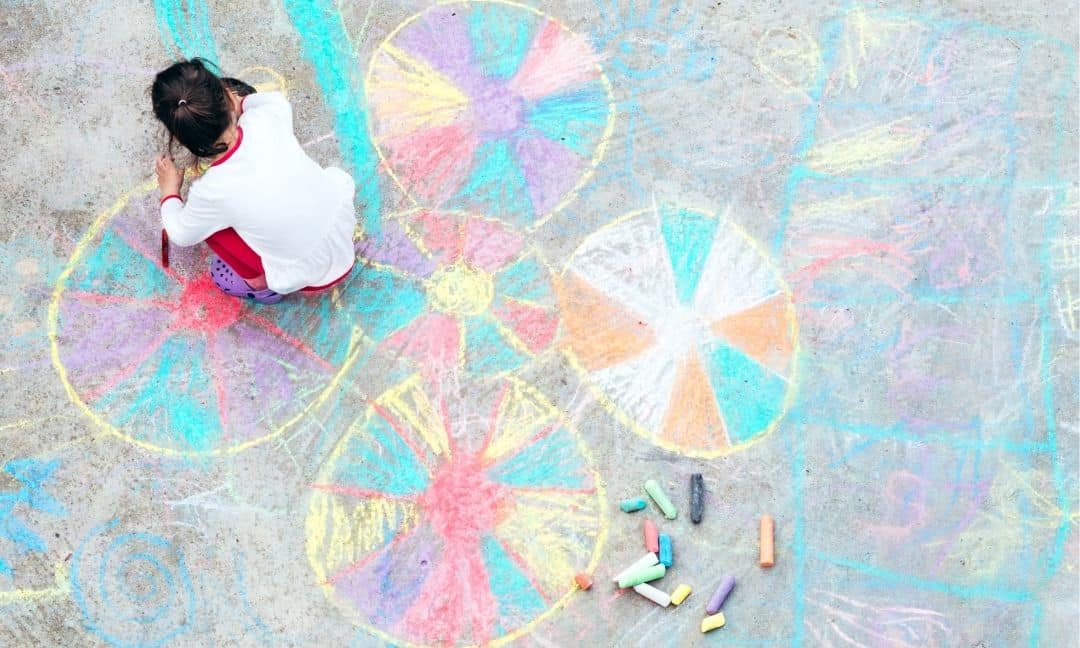
Article Summary: Get a treasure-trove of ideas with 100 Maths Activities for Homeschoolers that you can do at home with household items. Best of all, no screens involved! We've also turned the ideas into a handy PDF download so you can print it off and keep it.
At Maths Australia, we're big advocates for teaching maths in a tangible, multisensory way. Research has shown, and it has been well-documented that teaching maths with hands-on manipulatives and easy to follow methodologies, at the students' pace, allows for much easier understanding and retention of knowledge. That's why our programs are multisensory focussed.
People often throw around statements like "Maths is everywhere". And it's easy to see 5 or 6 ideas around you with ease. But 5 or 6 ideas doesn't really constitute everywhere does it..?
As this article in ScienceDirect states, "our experience in the world involves constant multisensory stimulation... Therefore it is likely that the human brain has evolved to develop, learn and operate optimally in multisensory environments."
So the Maths Australia team set ourselves a challenge. If maths really is everywhere, then let's come up with a list of 100 maths activities for homeschoolers.
The rules were simple:
1. We could only suggest ideas and use items that are primarily available to most households (though a few ideas also include our manipulatives), and;
2. No screen-dependent activities (we couldn't just say "Jump on Youtube" or "Play maths games online").
So here you go... 100, non-screen depended, multisensory focussed maths activities for homeschoolers!
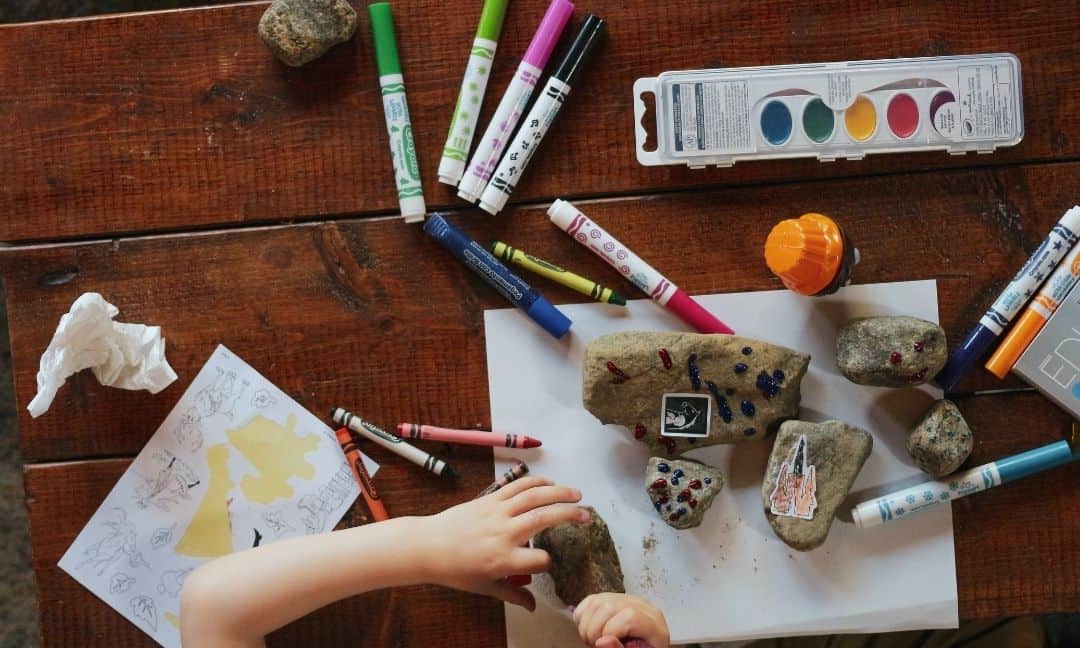
100 Maths Activities for Homeschoolers
1. Weigh your Math-U-See 100 blocks and see how much it comes to using your kitchen scales
2. Use an analog and digital clock to compare the time in different formats
3. Estimate how long it would take to run the length of the driveway. Use a stopwatch to record and calculate the difference.
4. Make a clock on the table with wooden spoons
5. Use lego as currency for a pretend shop
6. Use our Math-U-See Block Clock to practice telling the time
7. Measure the surface area of the picture frames around the house
8. Use a tape measure to calculate the perimeter and area of each room in your house
9. Count all your clothes and stack them in piles from largest to smallest
10. Play ten-bottle bowling with a soccerball and some used bottles. Record the score of each player
11. Sing skip count songs
12. Angle challenge: find as many right angles as you can in one room
13. Arrange all the shoes in your house from longest to shortest
14. Count the number of wheels in your house
15. Do some baking and then play pretend shop to calculate transactions
16. Estimate the number of books in your book shelves (count one shelf and then estimate the rest)
17. Count the money in mum/dad's wallet
18. Play a number-based board game (like monopoly or scrabble)
19. Estimate and then calculate how many seconds it takes to fry an egg
20. Measure the size of your backyard (or front yard)
21. Measure the circumference of a dinner plate (young kids can use string, older kids use Pi)
22. Make your own system for measuring stuff around the house (e.g how many pencil lengths, how heavy in amount of plates)
23. Take a shopping docket and times every third item by 3. How much more is the total? Change up the variations (e.g times every 4th item by 5, halve every 10th item)
24. Use a bus timetable to measure the distance between places
25. Run a mini olympics - record and add up scores
26. Calculate the scale ratio of different book sizes in the bookshelf
27. How many geometric shapes can you find in your house?
28. Use a piece of wood and 4 nails to make an x & y axis with string. Practice f(x) relationships
29. Use match sticks to practice addition and subtraction
30. Calculate the surface area of a yoga mat or rug

Want to save this article for later? Share on Pinterest.
31. Make pancakes, then, eating one by one as a group, record the time of eating each pancake. Then model the regression of the pancake stack over time.
32. Cutlery percentages - what % of the total are knives, forks, spoons?
33. Measure the perimeter of the kitchen bench or dining table
34. Record how many cars pass the house. Make a bar graph or histogram
35. Make meat pies or pizzas. Teach pie graphs using sauce/s or toppings
36. Play pretend shop (using real currency or made up currency)

Edible equations are more fun than just practicing in a book! What happens if you eat half of the addition sign?
37. Mix up your maths lessons by making edible equations
38. (37 cont.) Add other berries or nuts to represent 'X' and get students to solve the unknown
39. Use playing cards to teach place value
40. Using A3 paper, create an X and Y axis. Graph functions using magnets on the fridge
41. Measure the volume of different containers by filling them with water
42. Use paper to draw nets of 3D shapes. Cut out the nets and see if they work
43. If you have a musical instrument, use it to calculate the note-distance of different intervals
44. Use a bike as a trundle wheel (you can measure the wheel by using chalk on the tyre and then marking up the distance on the pavement)
45. Use spice jars to practice division by tipping some of the jar contents into an empty jar
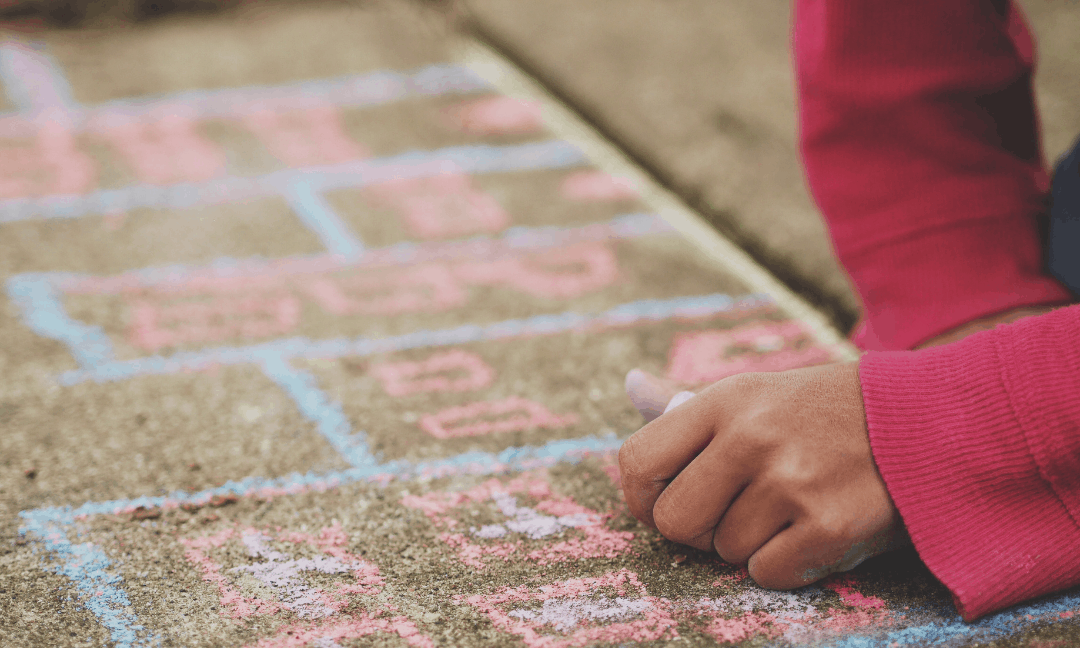
Don't forget to translate normal lessons to outside by drawing on the ground with chalk!
46. Use a banana chair to teach acute and obtuse angles
47. Use grid paper to make symmetrical shapes and patterns
48. Break up some spaghetti. Order the pieces from smallest to largest
49. Use measuring cups and some rice to add, subtract, multiply and divide fractions
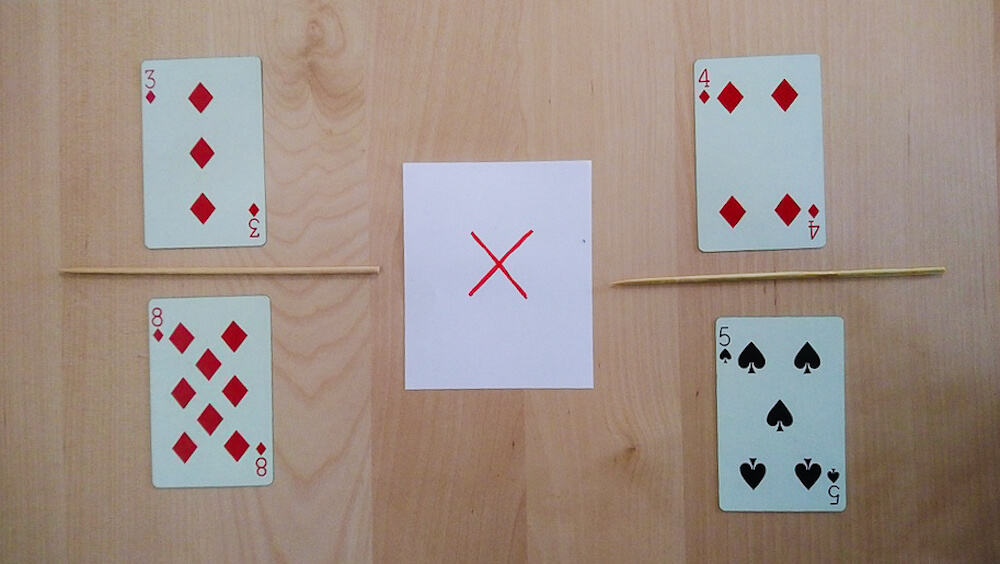
Drawing random playing cards as your numerators and denominators is an easy way to vary up your fractions lessons
50. Use playing cards to practice fractions. Remove the picture cards and jokers from the pack, then randomly draw 4 cards and make up equations.
51. Use coins from your wallet or a coin jar to practice decimals
52. Calculate the circumference of the washing machine/dryer hole
53. Peg flash cards to an airer. Take turns taking a flash card
54. Measure the gradient of a slope around your house (the driveway, some stairs, a hill outside)
55. Make a temperature chart. Graph the max temperature for a month
56. Tie two strings to the same point on the washing line. Make equilateral, isosceles and irregular triangles by pulling the string
57. Teach a lesson using the latest water or power bill (they're full of numbers, calculations and graphs)
58. Use your MUS blocks to show parallel and perpendicular lines
59. Measure your heights on the wall. Work out the percentages of each others' heights. Convert to decimals and fractions.
60. Calculate the gradient of the roof of the house

A camera is a great teaching tool - it's a creative way to identify objects and helps you review your student's understanding.
61. Estimate the volume of your washing basket/s
62. Have a bike time trial in your street or yard. Record times
63. Use two brooms (or a broom and a mop) to make a giant analog clock on the floor.
64. Measure the parabolic trajectory of a bouncy ball
65. Use a whiteboard marker on the glass of the shower screen or on a mirror wardrobe to practice writing numbers (young kids) or write equations (older kids)
66. Roll a dice 4 times. Use the numbers as the numerator and denominator of fractions and practice adding, subtracting, multiplying and dividing them
67. Give your child a phone and ask them to take pictures of all one type of shape (or something like 'quadrilaterals' for example) around the house. Review the photos together
68. Get 4 saplings. Feed each one a different amount of water using a measuring jug. Measure how much water the get (you could even graph it over time) and the difference between how much each of them grows (this one is great because it doubles as a science study)
69. Cut out old boxes (cereal, tissues) and turn them into other polygons. Label them and make a poster.
70. Measure the height of the walls (more fun if you have varying heights)
71. Measure the distance from one side of your property to the other
72. Play long jump in your backyard. Record results
73. Use a fuel docket to measure your distance per litre by tracking how many kms you get from a tank of petrol. Extend by calculating cost per km and then what it costs to go somewhere local and back.
74. Makes shapes out of play dough
75. Counting steps: Go for a walk and guess how many steps it will take for you to walk something in the distance. Take turns estimating and recording how close to the answer you get
76. Walk up and down your street counting notable landmarks and whether you turn left or right. Also note the shapes of all the landmarks. Draw the map of your street when you get home.
77. Which holds more? Collect different sized buckets, jars, cups, containers, etc from around the house and estimate which one will hold more water. Test your hypotheses.
78. Equation hopscotch - Draw hopscotch squares on the path or driveway and fill them with equations (like "50-27" or "63/9") and get your kids to shout out the answer as the hop from one square to the next.
79. Learn coordinates and grid referencing by playing battleship (or making your own battleship game on grid paper. Vary it up by using directions from your last guess rather than grid reference (e.g "up 1, left 8")
80. Draw shapes on the path or driveway with chalk. Measure the angles inside your shapes.

Want to save this article for later? Share on Pinterest.
81. Football place value: (Credit to these guys for recording how this works: https://youtu.be/_YcLsSZarTo). Set up 3 sets of cones representing hundreds, tens and units. Pass the ball through each of the sets of cones to do addition)
82. Find sticks around the house. Make the numbers 1 to 9. Can they make number 5 with 5 twigs? Spot the angles they make. Can they make a 3 with 3 angles?
83. Use nature finds to measure your own body parts. How many leaves long is your leg? How many gum nuts long is your foot?
84. Make bead necklaces with different numerical patterns
85. Have your children quiz their teddies like a teacher (teaching is a great way to solidify learning)
86. Trace household polygonal objects (like cups, books, a smart phone, a wallet) onto paper in a way that makes them overlap. Shade the area that they overlap and then work out the area of the shape.
87. Do some origami and try to fold as many shapes as you can. How many folds does each take?
88. Boil 4 eggs, removing them from the pan at different intervals to see how much each one cooks (or doesn't) and see the effect of time
89. Create tessellating shapes out of household items
90. Make downhill ramps for toy cars. Measure the angle of the ramps and note down what affect that has on the distance the car travels across the floor.
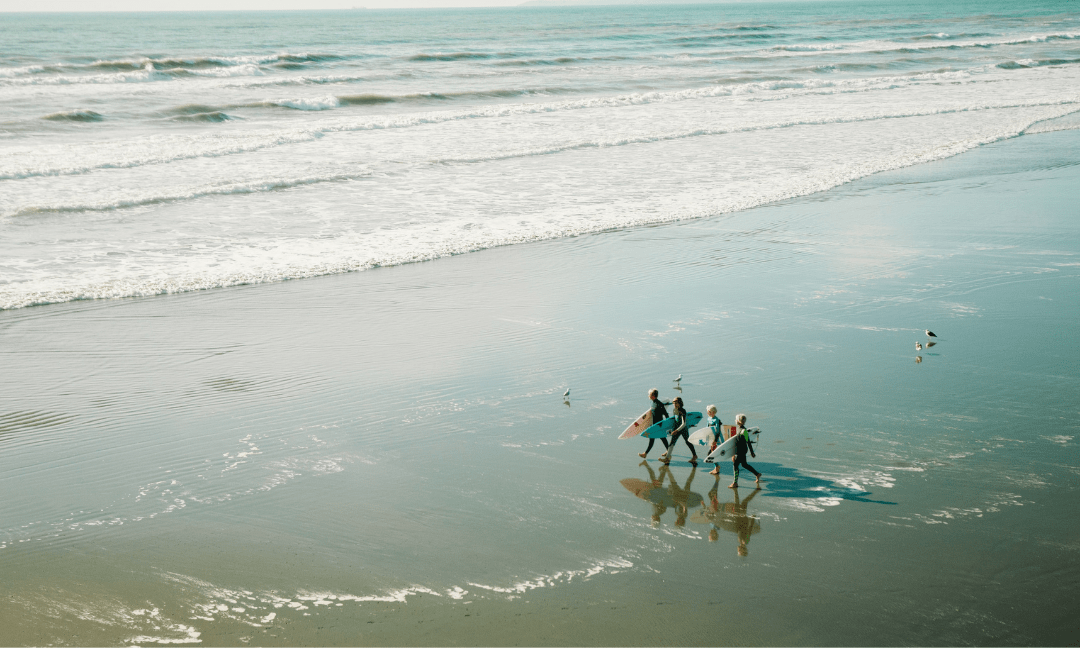
Don't just rely on this list. Take a look at what's around you and where you live and adapt it for teaching maths! The possibilities are endless (though after 100 ideas, we're a bit tired now).
91. Roll a dice 3 times. Add up your 3 rolls then make something out of lego using only that amount of pieces.
92. Make a Math U See Integer Block Kit 'Jenga' tower. How many layers high can you go?
93. Take turns flipping coins. Calculate the probability of different combinations of heads and tails.
94. Draw a flag for the imaginary nation of 'Mathematics'. What would it have on it? What colours would it be? What shape would the flag be?
95. Make boules out of aluminium foil balls and a marker (or use marbles). Take turns measuring who gets closest to the jack and keep score.
96. Count all the spiders on the outside of your house
97. Use a skipping rope and practice calling out maths times tables. The people on the outsides call out questions and the person jumping has to answer in a certain amount of skips.
98. Reaction time ruler game. Person 1 holds a ruler while person 2 prepares to catch. Person 1 lets go of the ruler and person 2 has to catch it. Measure the distances of your efforts based on how how far down the ruler you catch it.
99. Weigh yourself with bathroom scales. Find the equivalent weight in 'stuff' around the house.
100. Extend a tape measure out 4 metres on the floor. Mark the floor with masking tape and write the distance. Retract the tape measure in to physically show percentages, fractions and decimals.
So there you have it, 100 Ideas for teaching maths at home. Our team had a lot of fun putting this together. Perhaps you have more ideas?
Feel free to add your favourite at-home maths activities in the comments below!

